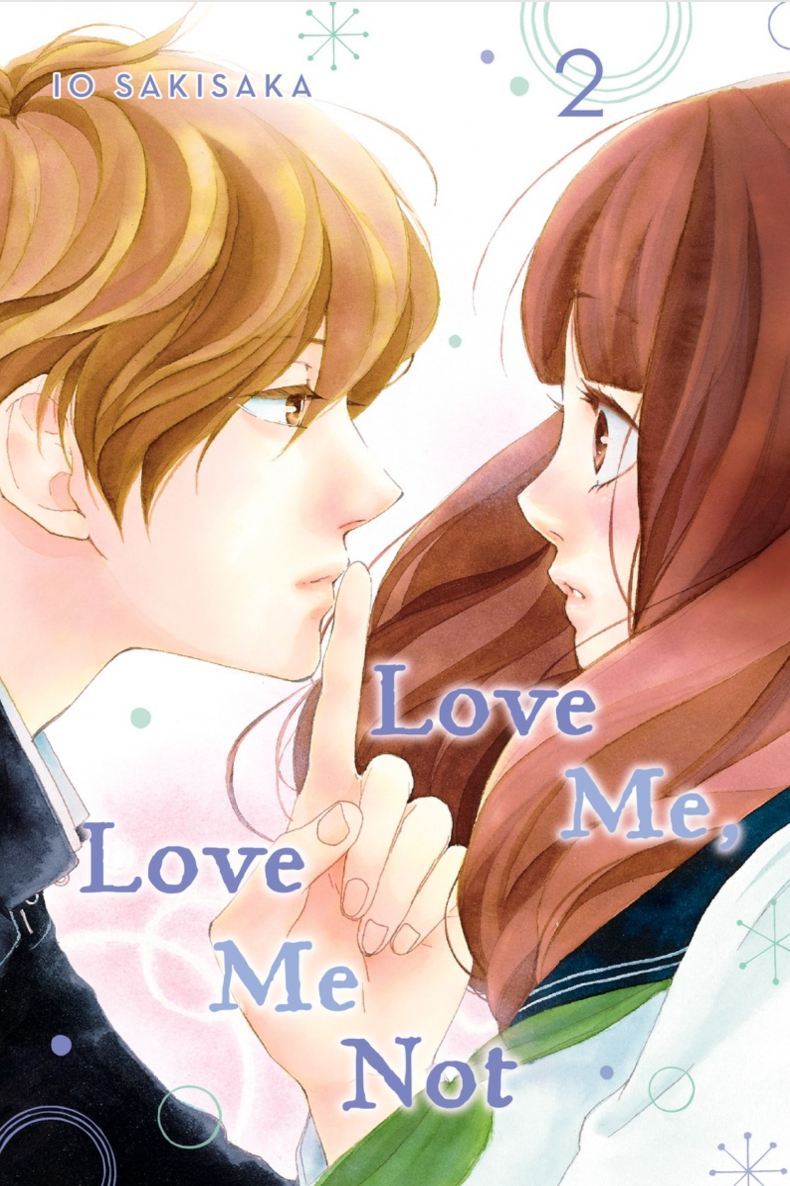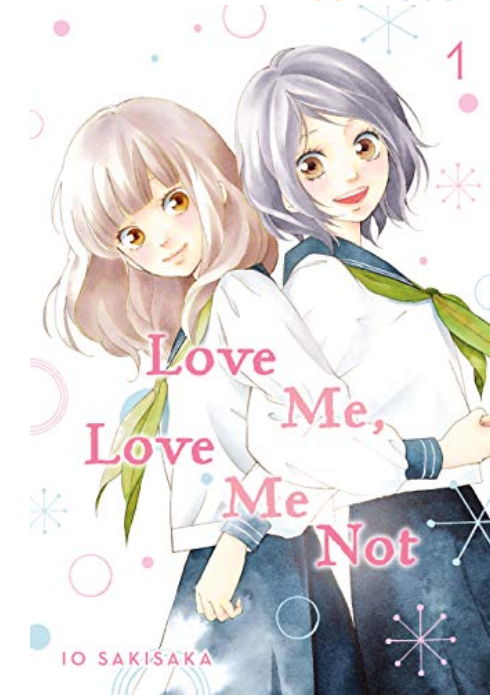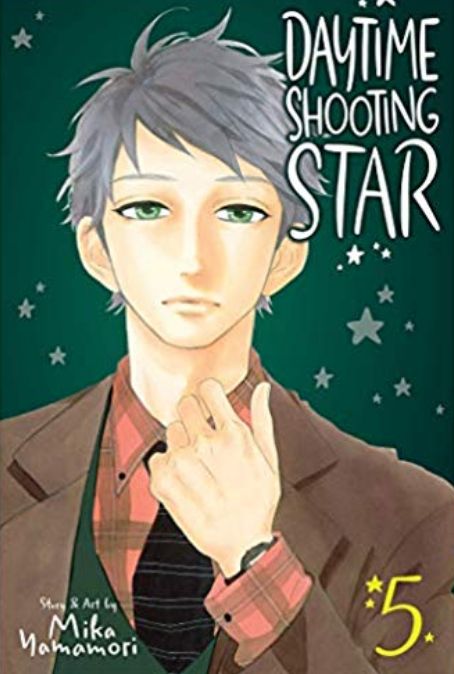Yona of the Dawn Volume 24 by Mizuho Kusanagi
This was yet another excellent volume of Yona of the Dawn, this time featuring high-stakes diplomacy, surprising smooches, feline nicknames, and strategic partying. One of the nice things about long-running series is when characters from the past suddenly pop up, prompting some moments of reflection about just how far everyone has come as the story has progressed. In this volume, in response to Yona’s political overtures Su-Won sends Min-Su, the young man who allowed Yona and Hak to escape from the castle right after Su-Won murdered King Il. Min-Su brings a letter that states that Su-Won will not delay going to war and Yona quickly develops an alternate strategy that involves delaying the involvement of the Wind Tribe and spreading rumors in an attempt to get Su-Won to divide his forces. She uses her treasured hairpin to bribe Su-Won’s old informer and sends Hak off to meet with the Wind Tribe.
While the stakes of averting war makes this volume fairly serious, the Wind Tribe can always be relied on for some humor, in particular the way all the young people glom on to Hak. This has a physical manifestation as his people literally drape themselves over him because they are so delighted that he’s returned. Hak tells them to get along with the people of Xing, and in true Wind Tribe fashion they decide to start throwing a party along the battle lines. Min-Su tags along as Yona goes to visit Kang Tae-June for another favor, and he reflects on Yona’s influence. Min-Su reflects that Yona’s attitude of doing her best to help others ends up being so influential to those around her that it inspires everyone to want to act like her, which is “…a terrifying ability.” Yona’s captured friends have to fend off Mizari who is both evil and insane, and his behavior begins to reflect badly on Xing in general, further destabilizing the region. Kusanagi continues to pack so much story and character development into each volume of Yona of the Dawn, I feel like she manages to accomplish in one volume what would take other authors a minimum of two to three volumes to accomplish. Yet another thoroughly satisfying volume and I’m already impatiently waiting to see if Yona actually does manage to avert war in volume 25.





Recent Comments